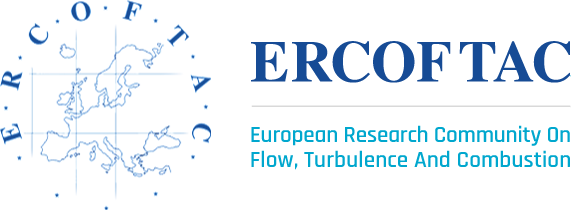ERCOFTAC Workshop
Astroflu IV
23rd - 24th January 2019, École Centrale de Lyon
Organized by: PC Henri Bénard, SIG35 and SIG4.
Motivations and Objectives:
The two first local events ‘ASTROFLU’ were principally organised by the Henri Bénard PC in Lyon, 12-13/11/2008 and 15/12/2011. The third one, which took place on November 20-21, 2013, attracted an European audience and was supported by ERCOFTAC with label and scholarships. The report on ASTROFLU III is published in the ERCOFTAC bulletin 99, June 2014.
The aim of our new ASTROFLU IV workshop is to once again gather the fluid mechanics specialists from the physics, engineering, astrophysics, and mathematics communities in order to exchange ideas and collaborate on our common interests. The main theme of our first event was pulsating stars, because of the shared interest on highly compressible flows, theory, computation and modelling, and with particular emphasis on shock/turbulence interactions. The second theme on rotating shear flows was addressed in ASTROFLU II. There is a strong parallel between (rotating) accretion discs in the astrophysical applications, and rotating shear flows in geophysics (ocean, atmosphere), and in engineering (turbomachinery). The tools we use are often very similar, but we use multiple terminologies, and, crucially, tend to publish in separate journals.
To give an example, astrophysical community uses a linear spectral method known as the ‘shearing box’, but this is called ‘Rapid Distortion Theory’ in the fluid mechanics literature. Its nonlinear extension by DNS in astrophysics is also very similar to the pseudo-spectral DNS (Orszag / Patterson) using coordinates comoving with the mean shear (from Rogallo 1982), with now the ‘snoopy’ code from Geoffroy Lesur (Grenoble) used in the astrophysical community. There is a large scientific network of astrophysicists engaged in the study of rotating accretion disks, possibly including the effects of stratification and MHD.
- Emphasis on plasmas physics, both in astrophysics/heliophysics and in engineering, as the studies for controlled nuclear fusion by electromagnetic confinment (ITER).
- To explore the analogy between radiation of acoustic waves and the very recent theory of gravitational wave turbulence, from aeroacoustics in Engineering to cosmology.
Provisional list of speakers
